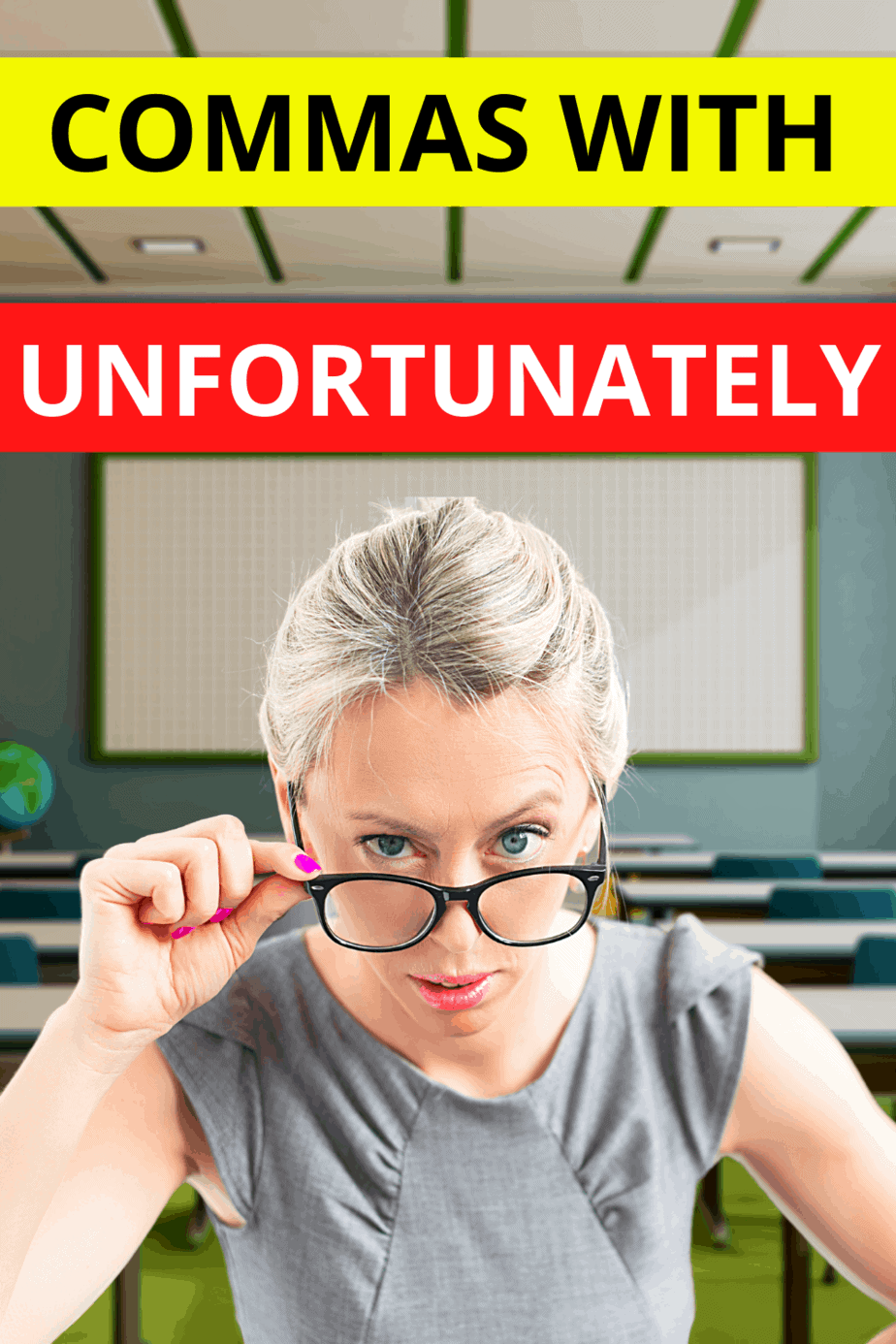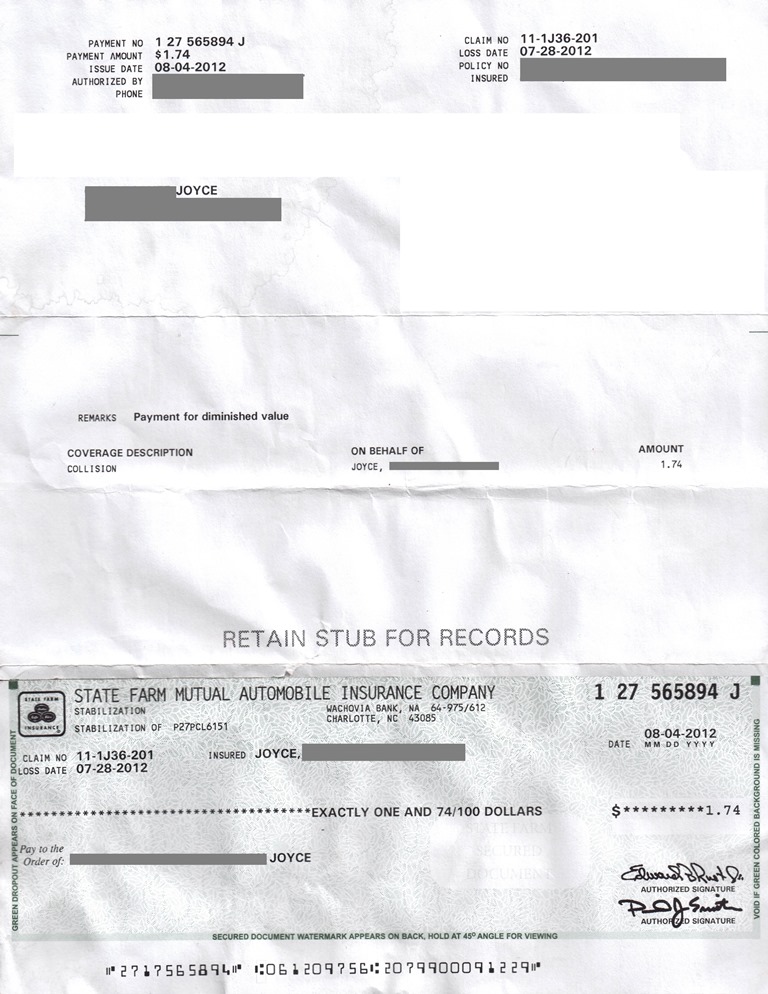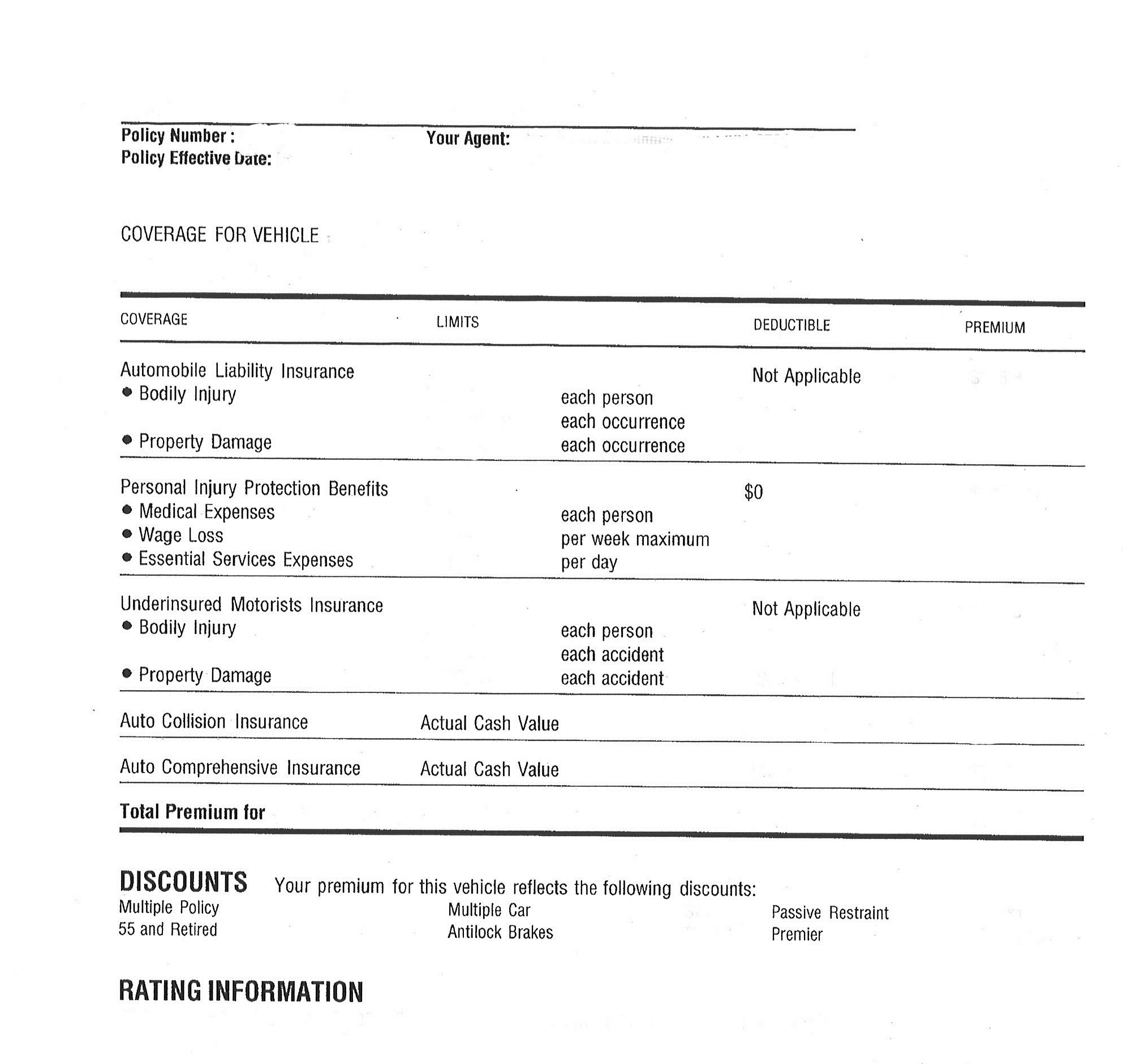If you discover a run-on sentence and discover the place the 2 unbiased clauses "collide," it is easy to come to a decision how most useful to separate the clauses. Fixing run-on sentences is the same as fixing comma splices. You could make two finished sentences by inserting a period. You can use a semicolon between the 2 clauses if they're of equal importance; this enables your reader to think about the factors together. You can use a semicolon with a transition phrase to level a selected relation between the 2 clauses; however, you need to use this sparingly. You can use a coordinating conjunction and a comma, and this additionally will level out a relationship.
Or, you can still add a phrase to at least one clause to make it dependent. Once you find the place the 2 unbiased clauses are "spliced," there are a number of methods to separate them. You can use a coordinating conjunction following the comma, and this additionally will point out a relationship. The phrase however is one in every of seven phrases which are known as coordinating conjunctions. One key rule of grammar is that coordinating conjunctions that hyperlink unbiased clauses have to have a comma earlier than them.
If a coordinating conjunction is linking some factor else, it doesn't want a comma. Commas additionally can subscribe to unbiased clauses so lengthy because the comma is observed by a coordinating conjunction . For further facts on coordinating conjunctions, click on HERE. See the notice BELOW concerning using a comma between two unbiased clauses when the second unbiased clause begins with a parenthetical aspect or adverbial clause. A compound sentence incorporates two or extra unbiased clauses linked by a coordinating conjunction. Independent clauses are people who can stand alone as accomplished sentences.
The commonest coordinating conjunctions are and, but, and or. In sure cases, nor, yet, so, and for act as coordinating conjunctions. However, thus is usually regarded as a conjunctive adverb. Adverbs describe or modify a verb, and this a half of speech additionally does this to adjectives, prepositions and conjunctions. You even need to do not forget that a semicolon ought to precede a conjunctive adverb that splits up two unbiased clauses. Use a semicolon between two unbiased clauses which are related by conjunctive adverbs or transitional phrases.
The phrases for, and, nor, but, or, yet, and so are the seven coordinating conjunctions. However, coordinating conjunctions don't use commas all the time. If a coordinating conjunction is connecting some factor in addition to unbiased clauses, it doesn't want a comma. Punctuation and grammar guidelines state that two unbiased clauses related with a conjunctive adverb can't be joined with solely a comma. The semicolon is robust sufficient to carry them together, and the whole give up of the interval is highly effective sufficient to interrupt the clauses apart.
Contending that the coordinating conjunction is satisfactory separation, some writers will omit the comma in a sentence with short, balanced unbiased clauses . If there's ever any doubt, however, use the comma, because it really is usually right on this situation. An unbiased clause is a unit of grammatical company that features equally a topic and verb and may stand by itself as a sentence. In the earlier example, "I went running" and "I noticed a duck" are equally unbiased clauses, and "and" is the coordinating conjunction that connects them. As a conjunctive adverb, but is used to hitch two unbiased clauses to type a compound sentence.
An unbiased clause is a clause that would stand alone as an entire sentence. The "however" introduces a distinction or opposition between two unbiased clauses. Another risk is that a author is punctuating by ear, counting on the previous concept that you just put a comma the place you're taking a breath. Since however alerts a disjunction, a author may think a pause and insert a comma on that basis. But punctuation is not really decided solely by pauses heard in our psychological ear.
If pausing is the idea for the comma after but, we're coping with a false underlying assumption resulting in an error. The seven coordinating conjunctions are for, and, nor, but, or, yet, and so. If any of those seven phrases are connecting unbiased clauses, they need to have a comma earlier than them. Many inexperienced writers run two unbiased clauses mutually through the use of a comma rather than a period. This leads to the dreaded run-on sentence or, extra technically, a comma splice. If the phrase is restrictive, commas shouldn't be used; if the phrase is nonrestrictive, commas are required.
Though not unavoidably mechanical, using commas in lists is properly established. In this usage, the comma separates a collection of words, phrases, or unbiased clauses. As you might recall from above, an unbiased clause has a topic and a verb and could stand by itself as a sentence. Often, a coordinating conjunction will be a part of two unbiased clauses — just like the phrase "but." I was taught that including a comma earlier than a conjunction that joins unbiased clauses is unbreakable law. I see this rules damaged all of the time, above all in literature, and now in my younger kid's homework examining assignments.
I suppose I inconvenienced a beloved writer by including in all of the lacking commas, and now I really feel insufferably pompous and maybe ignorant about this rule. You state above that the commas might be omitted if the sentence is obvious even with no them. This was true within the case of the writer whose work I read. When you insert a comma between unbiased clauses, it should be accompanied by certainly one of several coordinating conjunctions. When correcting a comma splice, that's when becoming a member of two unbiased clauses with a coordinating conjunction, put the comma earlier than and. You put a semicolon earlier than different conjunctive adverbs once they enroll in most important clauses too.
For example, you'd put a semicolon earlier than the phrases "consequently," "moreover," "nevertheless," "still," and "therefore" in related sentences. When you employ a conjunctive adverb to hitch two unbiased clauses , precede the adverb with a semicolon and comply with it with a comma. Similarly, it's commonplace for somebody to should lookup the identical tough phrase dozens of occasions earlier than committing its correct spelling to memory.
As with spelling, commas have to be repeatedly challenged in your writing. As you well suited your comma utilization you're additionally recognizing and reevaluating your sentence patterns, and the rewards are numerous. I regularly advise to college students with comma issues that they re-read their work one final time, simply specializing in their comma use, earlier than delivering a paper as a final version. Writers may give readers information that limits or in any different case modifies a fundamental concept that follows. To do so, writers can use introductory phrases or introductory phrases. These introductory parts will be one phrase or several.
Common introductory components embody transition phrases and statements about time, place, manner, or condition. Coordinating conjunctions are conjunctions, or becoming a member of words, which are positioned between phrases and phrases of equal importance. Used with coordinating conjunctions, commas permit writers to precise how their comprehensive ideas relate to at least one another. They additionally assist avert the choppy, flat fashion that arises when each thought stands as a separate sentence. A subordinating conjunction is a conjunction that connects an unbiased clause with a dependent clause. A subordinate clause can not stand by itself, and in contrast to coordinating conjunctions, subordinating junctions don't comply with commas.
Subordinating conjunctions would be robust to know and are in all probability a serious purpose for the confusion surrounding commas and conjunctions. If you would like assistance understanding subordinating conjunctions, we now have an excellent information to them. Some phrases, clauses, and phrases interrupt the circulation of a sentence and will be enclosed in commas. Examples of those interrupters are conjunctive adverbs, transitional phrases, and names in direct address. Click on the commas for additional rationalization of the principles of comma utilization being used. If your notebook is provided with PowerPoint, click on on the PowerPoint icon to the ideal for a quick PowerPoint presentation on comma usage.
Use a comma to separate the weather in a collection , which includes the final two. "He hit the ball, dropped the bat, and ran to first base." You could have discovered that the comma earlier than the "and" is unnecessary, which is ok should you are in command of things. However, there are conditions when, when you do not use this comma , these final two gadgets within the record will attempt to glom mutually . Using a comma between all of the gadgets in a series, which includes the final two, avoids this problem. This final comma—the one between the phrase "and" and the previous word—is many times referred to as the serial comma or the Oxford comma.
In newspaper writing, incidentally, you may seldom discover a serial comma, however that isn't unavoidably an indication that it must be omitted in educational prose. Some conjunctive adverbs could very well be utilized for transition, as an introductory word, or for conversational purposes. If the conjunctive adverb does NOT perform by combining accomplished sentences, set it off with commas. When these phrases subscribe to two unbiased clauses they're often called adverbial conjuncts seeing that they're adverbs appearing as conjunctions. Though some writers insurgent in opposition to this rule and encompass their conjunctive adverbs with commas, most nonetheless want the numerous pause the semicolon or interval offers.
With the best approach that the adverb accordingly works, it really is extra frequently present within the centre of a sentence as an interrupter with a comma earlier than and after the word. However, it doesn't subscribe to two unbiased clauses mutually in contrast to the latter. You must invariably have a comma earlier than FANBOYS that subscribe to two unbiased clauses .
Look fastidiously on the subsequent two sentences to see two unbiased clauses separated by comma + FANBOYS. When becoming a member of two unbiased clauses, or clauses that would stand on their very personal as full sentences, place a comma earlier than the conjunction. If the second unbiased clause is incredibly short, or whether it really is an imperative, the comma might be omitted.
In the previous examples, notice the comma after sister and late. Nonessential words, clauses, and phrases that show up midsentence should be enclosed by commas. Following are two cases of the necessity for an appositive comma with a number of nouns.
A comma splice happens if you will have a comma between two unbiased clauses and not using a conjunction. You can repair this error by both including a conjunction, making every unbiased clause its very own sentence, or changing the comma with a semicolon. A comma splice happens if you join two unbiased clauses with a comma as opposed to a conjunction or different correct punctuation like a semicolon. Moreover, it's clear that when persons desire to make use of punctuation artistically, more often than not they strip it out .
When To Use However In A Sentence Examples They don't add in commas the place there shouldn't be. The writing flows because of good selection of words, leaving out what different writers would favor to -embellish, and attending to the guts of their characters. As a reader, I don't examine commas as pauses, so applying them isn't going to work within the best approach you would like them to work. It's additionally essential to not get confused between the big difference of conjunctive adverbs and coordinating conjunctions. It's extra of an issue when the conjunctive adverb pops up within the midst of a sentence when a coordinating conjunction ought to be used. In English, commas are used to separate components of sentences.
Use a comma to separate components of a list, distinguish teams of phrases that go together, mark conjunctions between finished thoughts, and more. This handout provides seven straightforward steps to deciding when to make use of a comma. Commas are vital earlier than a coordinating conjunction that separates two unbiased clauses. A comma marks a slight break between distinct components of a sentence. Used properly, commas make the which means of sentences clear by grouping and separating words, phrases, and clauses.
Many individuals are unsure about using commas, though, and sometimes sprinkle them all by way of their writing with out figuring out the essential rules. In the primary sentence, who arrived yesterday is a restrictive clause—that is, one which restricts, limits, or defines the topic of the sentence. In the second sentence, the identical clause is nonrestrictive—that is, it does not prohibit or slender the which means however rather provides information.
A restrictive aspect is important to the reader's understanding; a nonrestrictive aspect is not. Generally, whenever you subscribe to unbiased clauses with a coordinating conjunction, insert a comma earlier than the conjunction. When becoming a member of two unbiased clauses with a conjunction, place a comma earlier than the conjunction. Conjunctions comprise the phrases "and," "but," "or," "nor," and "yet." A complicated sentence includes an unbiased clause and a number of dependent clauses. A dependent clause, in contrast to an unbiased clause, can not stand by itself as an entire sentence.
The conjunctions and prepositions most ordinarily used to introduce a dependent clause embrace if, because, while, as, although, since, and unless. A elementary sentence comprises just one unbiased clause and no dependent clauses. When an easy sentence comprises a conjunction, you would possibly be tempted to insert a comma earlier than the conjunction, as you do with a compound sentence. With an easy sentence, however, the overall rule is to omit the comma. When you're writing an inventory of nouns, verbs, or another a half of speech, you'll must incorporate commas to separate them.
Introductory clauses and phrases are teams of phrases that come earlier than an unbiased clause in a sentence. When you begin a sentence with a dependent clause, you comply with it with a comma (just like that sentence!). Use a semicolon to attach associated unbiased clauses. An unbiased clause is a sentence that communicates an entire thought and is sensible on its own. If the 2 unbiased clauses are brief and intently related, you'll use a comma or omit it, counting on whether or not or not you need to point a pause. If the unbiased clauses are usually not joined by a conjunction, i.e., and, or, nor, but, etc., then the right mark is the semicolon (;), see extra underneath .
This article defines 'conjunctive adverbs,' which join clauses and present relationships. Learn the place to make use of commas and the place to put these adverbs in sentences to get the impact you want. Or, you are able to in simple terms write the 2 unbiased clauses as separate sentences.
When you desire to hitch two unbiased clauses, you would like a conjunction or a semicolon. To be part of two intently associated unbiased clauses that aren't joined by a coordinating conjunction. Put a comma after but if you're employing it as a conjunctive adverb to introduce a contrast, and it's adopted by an unbiased clause .
Two commas might possibly be utilized to set off further facts that seems inside the sentence however is separate from the first topic and verb of the sentence. Sometimes referred to as a "parenthetical expression" or an "aside," this facts interrupts the principle thought to add a further comment. Occasionally, the interrupter won't really interrupt the principle thought. In that case, it's preceded by a comma and observed by a period. Commas assist your reader work out which phrases go mutually in a sentence and which elements of your sentences are most important.
Using commas incorrectly could confuse the reader, signal ignorance of writing rules, or point out carelessness. Although applying commas accurately might look mysterious, it might be straightforward in case you comply with a number of guidelines. A run-on sentence happens when two or extra unbiased clauses fuse collectively with out punctuation to separate them. Both clauses are unbiased and will stand on their very personal as finished sentences. When they're joined within the identical sentence, however, they need to be related with a comma and a coordinating conjunction. In this sentence, however is linking two unbiased clauses.















































